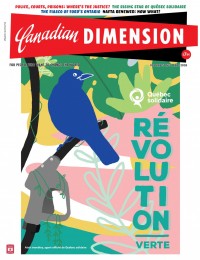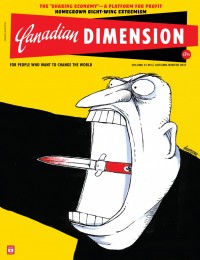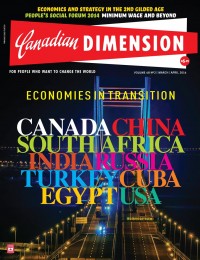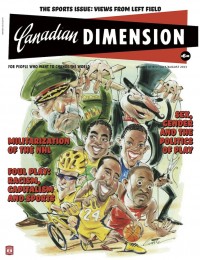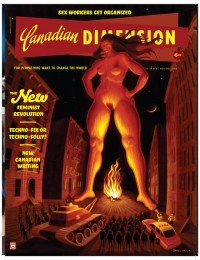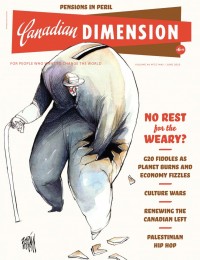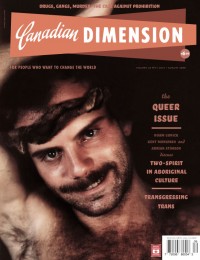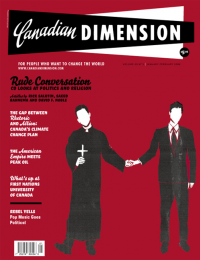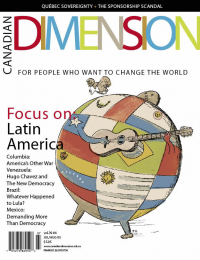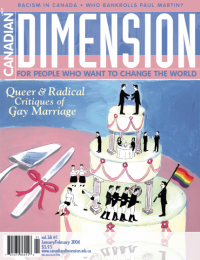Challenging Sex Segregation in Sport

Mokgadi Caster Semenya OIB (born 7 January 1991) is a South African middle-distance runner and 2016 Olympic gold medalist.
When Hank Aaron left the Negro Leagues for major league baseball in the early 1950s, a woman named Toni Stone took his spot on second base. Rejected from the All-American Girls Professional Baseball League (of A League of Their Own fame) due to the colour of her skin, Stone was determined to play at the highest level possible. Her story, as detailed in a biography by writer Martha Ackmann, has the makings of a Hollywood biopic. More than 50 years later, Toni Stone’s story is still stunning. This is how little progress we have made in shifting attitudes about women’s capabilities in sport.
Sex segregation remains the primary organizing principle in all levels of sport. As every school child will tell you, the logic is simple: generally women and girls are not as good as men and boys in sport. Can you imagine the public outcry if math and engineering programs were all segregated by sex because of men’s “obvious” superiority? Certainly some people do actually believe the previous statement but it’s not an acceptable public outlook to the same extent as women’s apparent inferiority in sport. Justine Blainey’s mother experienced this hypocrisy in the mid-’80s when she helped her daughter take the Ontario Hockey Association to the Supreme Court of Canada for sex discrimination. As a high school teacher she noticed that the walls were plastered with posters saying “I want to be an engineer just like my mother.” Caroline Blainey said, “They want us to encourage equality and then they don’t allow girls to play hockey. It just doesn’t make sense.”
There are many negative knee-jerk reactions to opening up critiques about sex segregation in sport. I think part of this is that it seems to question the natural, ineffable order of things. It is as if organized sport actually first emerged from the ocean only to organically evolve into publicly funded male-dominated stadiums where millionaires play against millionaires to the entertainment of millionaires. This is why Dr. Ian Ritchie of Brock University reminds us that, “There’s no any one way that sport has to be done…sport as an institution was created around gender lines and assumptions about gender.”
Yes, currently, it is a fact that the fastest man is faster than the fastest woman and so on. However, these kinds of stats are pulled from a tiny minority of the already tiny minority of elite competitors based on a planet that, except for the rare occasion, does not support a woman to live and train solely as an athlete. Additionally, most sex segregated sports have stats that are not so easily comparable. Rules in women’s sports tend to be “lighter” than men’s (e.g. shorter game times, shorter distances). Even so, any results we have deemed comparable do not prove that this will be the way things are forever, or that these differences are based solely on what we consider to be inherent male genetics and not on cultural expectations.
What constitutes a “woman”?
An issue that will never go away at the elite level of sex segregated sport is the problematic and changing definition of exactly what constitutes a “woman.” Since women are segregated from men at the highest level of sport, the governing bodies must maintain the façade that sex is indeed measurable and that markers of maleness are absent or limited in female athletes.
This is where sex testing comes in. The history of sex testing in international sport is a revealing barometer for acceptable levels of sexism and heterosexism in society. The first sex testing in the 1970s involved female athletes walking naked in front of a panel of male doctors who would then confer and determine whether the athlete was actually a woman.
Today, someone like Caster Semenya (a non-traditionally feminine woman-of-colour athlete) is assigned a disorder called hyperandrogenism which is supposed to indicate that she has male testosterone levels. This is justified not by explicit sexist proclamations that Semenya is a man in disguise but that there is concern for her health (she is now on hormone therapy) and for an “equal” playing field.
As Canadian sport scholar Sandy Wells has pointed out, this new era of sport “health” and “fairness” is no less sexist because “the result is that women are still compared against a standard of athleticism that is defined always as being outside of their capacity.” Notice, no matter how extraordinary the physical capabilities of some elite-level male athletes, there is never a question of whether they should be allowed to compete in the first place. They are simply embodying what is expected of masculinity.
Money matters
The endlessly frustrating catch-22 of women’s sports leagues involves the lack of financial investment from sponsors and the government. When sport is divided by sex on the principle that women are weaker and slower, logically men’s leagues deserve superior monetary investment from the fans and sponsors. The less money women’s leagues get, the less likely they are to retain high-quality training and convenient facilities, which then reinforces their inferiority in the first place. This past winter I paid $15 for a ticket at a Markham, Ontario, arena to watch some of the best women hockey players in the world play in the Clarkson Cup. Not surprisingly, most of these women have other jobs to pay the bills.
There’s an interesting exception to this rule: tennis. Since 2007 all of the grand slam tournaments claim gender parity in the prize money. There are a number of proposed reasons for this. One is that some female tennis players are highly valued because sponsors can capitalize on sex appeal in ways that would not work as well with a sport that requires bulky equipment. Another more pertinent reason, in my opinion, was the strong feminist presence in women’s tennis at the forefront of this struggle.
Billie Jean King and the Original 9 boycotted the United States Lawn Tennis Association tournament in 1970 and started their own tour after being frustrated by the vast difference in prize money for women. Eventually the USLTA came around and endorsed the women’s tour and the Women’s Tennis Association was born.
Tennis is an exception at the elite level because of hard battles by feminists, not because institutionalized sex segregation did them any favours. Save for the rare exception like tennis, it is unrealistic for a girl to dream of making a secure career as an athlete.
Where to go from here?
Professional Sports: It would be foolish to claim that this is an uncomplicated issue to tackle or that a solution is simply to take away any sex segregation rules. The big four professional sports leagues in North America are so far from supporting any sort of grassroots community needs that sports writer Dave Zirin has compared the leagues to a “house cat demanding to be stroked and giving nothing back.” This means that the structure of these leagues need to be dismantled and rebuilt in new ways before we can expect any sort of gender equality to enter the picture. Part of this is the culture of violence and masculinity. I spoke with sport journalist Laura Robinson about bringing women into professional hockey and she said, “The way we have constructed the rules has dictated a certain kind of hockey and a certain kind of physique that even the average athletic woman could not meet.” With a few breakout exceptions, professional players are getting bigger and bigger. For the big four leagues there would have to be a conscious effort to tweak rules in order to encourage value for multiple body types. For those who think this is a sacrilegious proposition, Laura Robinson reminds us that “rules in sport are all social constructs… we have to reconstruct rules if we really care about equality.” Part of the reason a sport like rugby is so exciting to watch is because people of all body sizes are needed in order to make a strong team.
There is a reasonable argument that mixed-sex professional leagues would devalue current women’s professional leagues as the top female players would move up. Eileen McDonagh and Laura Pappano have addressed this issue and more in their groundbreaking book Playing With the Boys: Why Separate is Not Equal in Sport (Oxford University Press, 2007). As previously mentioned, sex segregation in sport is based on assumptions of female inferiority. As the authors state, “worries that sex-integrated sports would [relegate most women] to second- or third-tier play ignores the way current sex-segregated policies already do just that.” In other words, women’s sports leagues are considered second-class.
Community sports: Little nine-year-old Sam Gordon was put on the cover of the Wheaties box after a video of her scoring several touchdowns in a boys’ football league went viral. For many this highlighted the illogic of segregating boys and girls in sport before puberty. “Throws like a girl” would seem a pretty weak playground insult if all the Sam Gordons were regularly playing with the boys.

This is good spot to highlight a distinction between institutionalized coercive sex segregation in sport (which happens at all age and competitive levels and is the topic of this article), and voluntary sex segregation in community-level sports. Women and LGBTQI are historically marginalized communities. Need citable proof? In the words of Lindy West, “allow me to point at the fucking library.” Until equality utopia arrives, these groups should be supported in organizing safer spaces for their recreational activities. As a member of both communities, I think it is important to be transgender inclusive in our community sporting spaces. In fact, it is actually a benefit to the movement. As Barb Besharat, a Toronto sport and community engagement consultant has said, “The inclusion of trans people in sport spaces blurs the line and by keeping the lines very clear historically there hasn’t been a major shift in the patriarchal validation of masculinity in sport.” That’s just it. There has been a seismic shift toward diminishing sexism and homophobia in the sporting world in the same way that there has been in other institutions. We are starting to get there a little bit with anti-homophobia campaigns, but campaigns within the structure of the broken system will do little in the long run.
Desegregating sport could very well be a long and complex transition, but let’s at least start by allowing women and girls who can and want to play with boys and men to do so — from young Sam Gordon and Maria Toorpakai to Lindsey Vonn and Kaillie Humphries, and all the girls and women who will follow in their footsteps. For as Queen’s University professor Kathleen Lahey has said, “I don’t think it takes too many role models for a young woman to think outside of standard gender categories.” Women’s equality in sport will never be attained if the fundamental organizing principle is the equivalent to running a tape loop in every girls’ locker room with the message: you were born to be second best.
Ellie Gordon-Moershel is an independent radio producer and writer currently based in Toronto. In addition to all sorts of community sports, Ellie enjoys drinking tea and daydreaming about feminism. You can see/hear her work at The F Word, Left Hook, rabble.ca and Cowbird.
This article appeared in the July/August 2013 issue of Canadian Dimension (Sports: Views from Left Field).







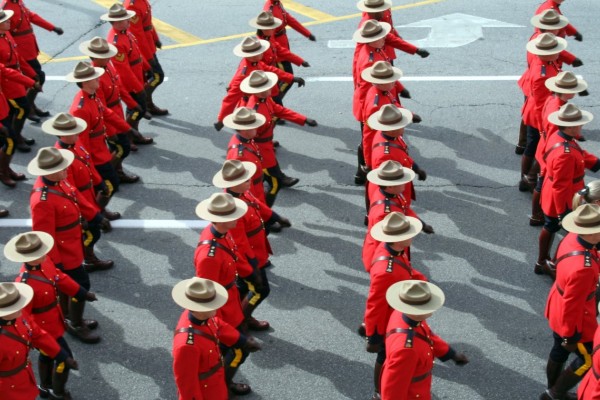
_600_400_90_s_c1.jpg)




